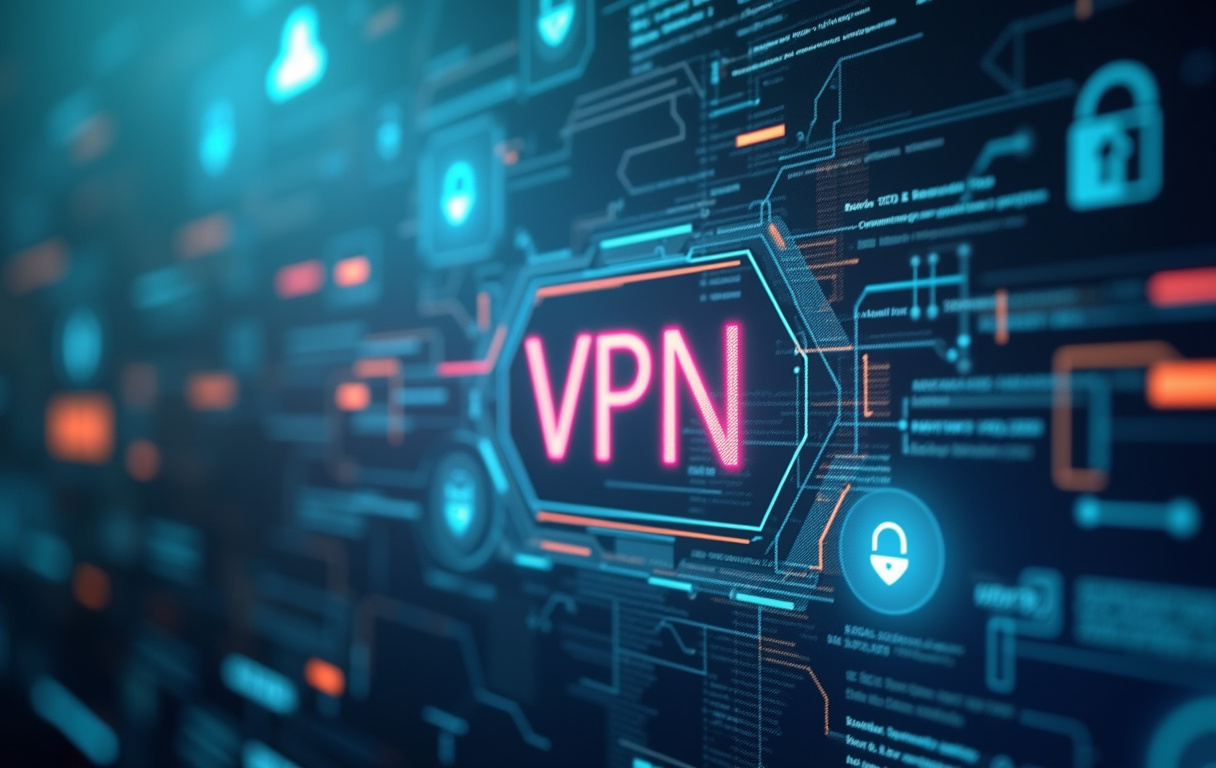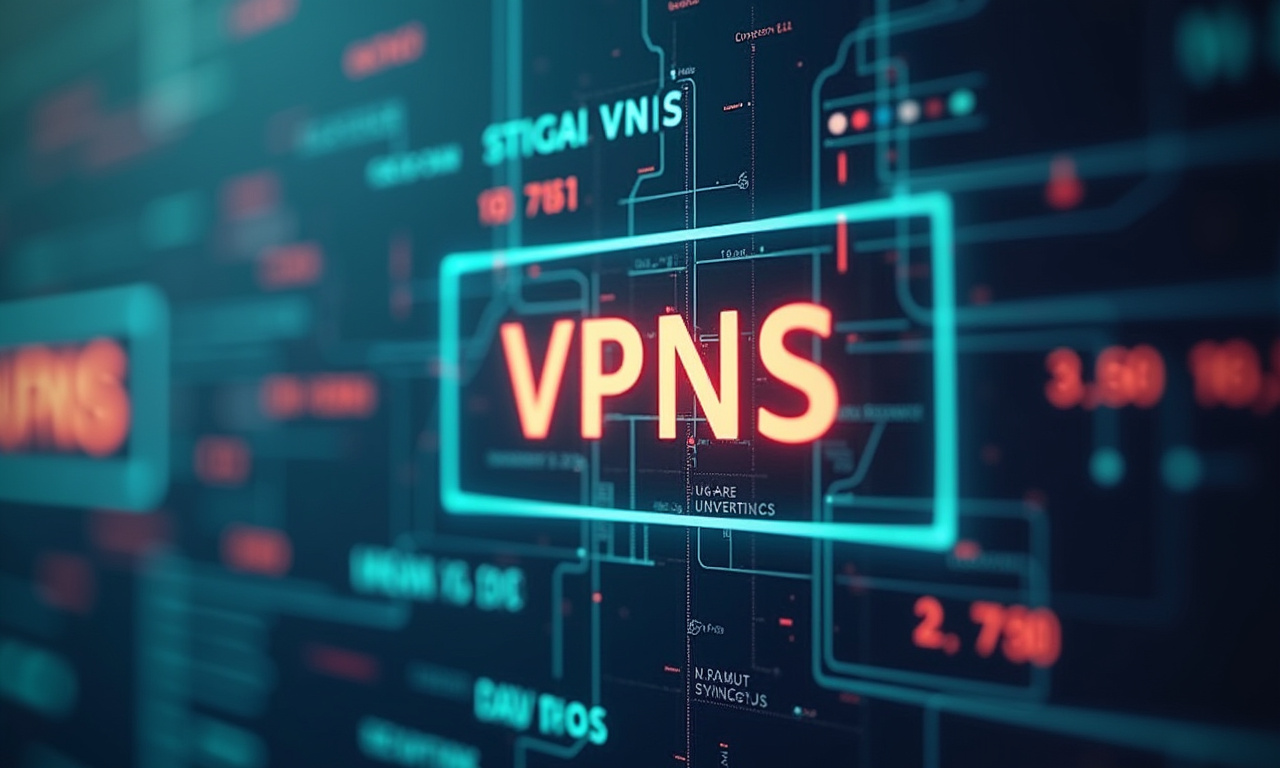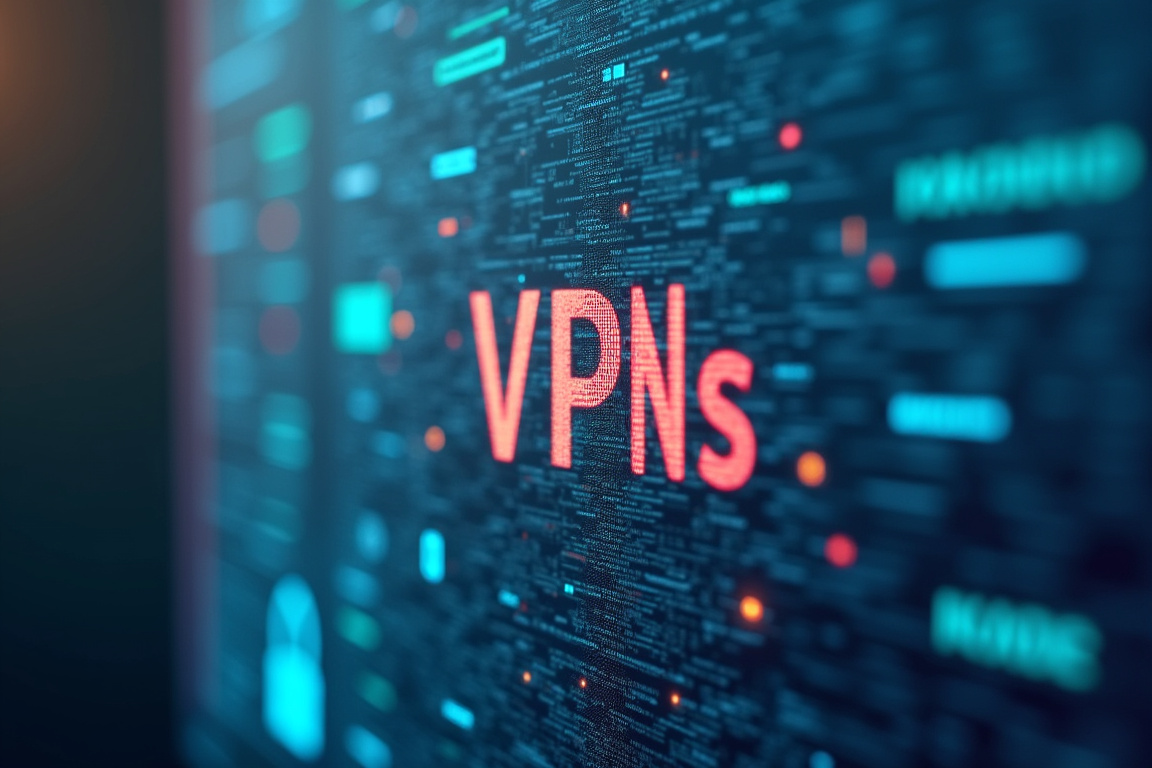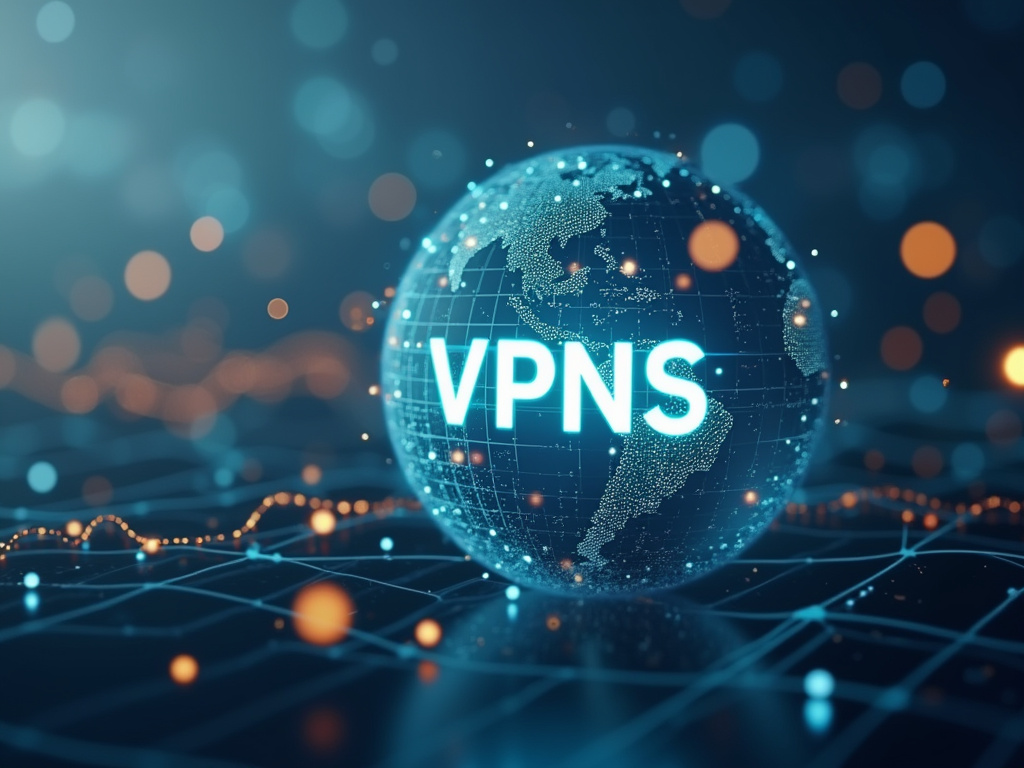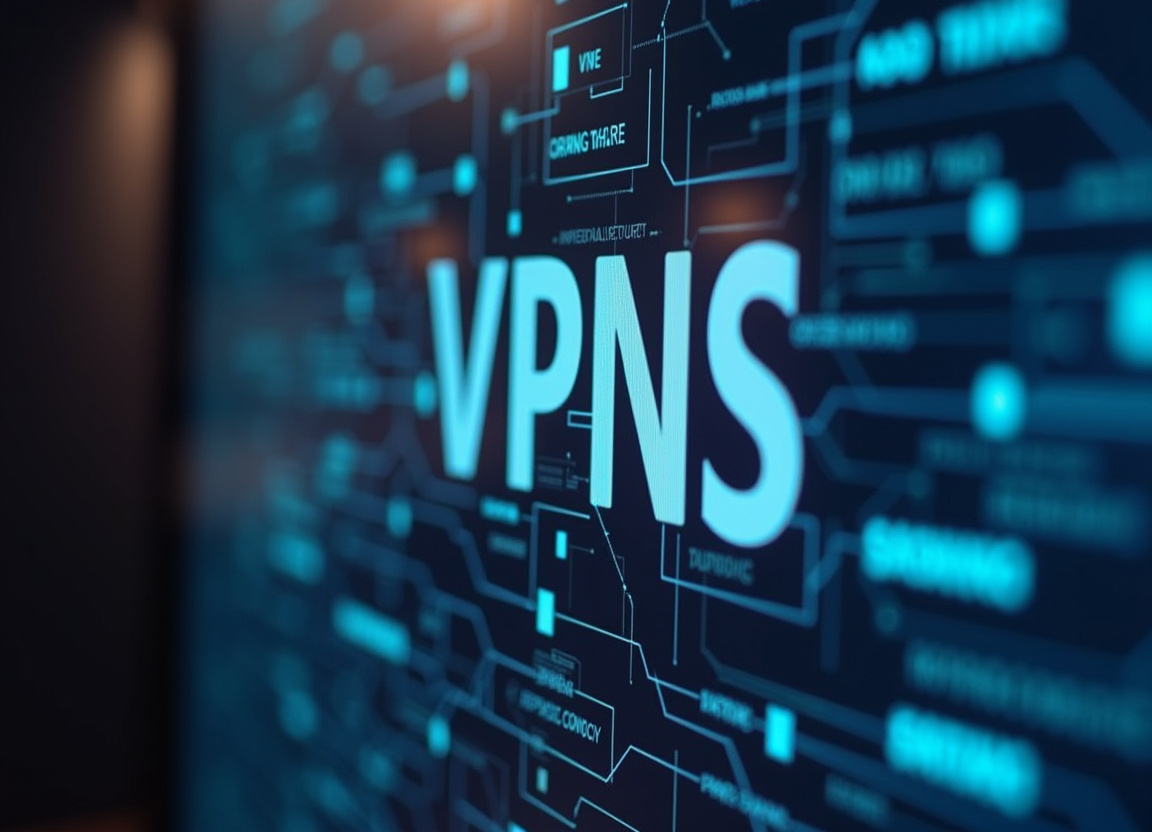VPNs for Maritime Operations: Protecting Navigation Data
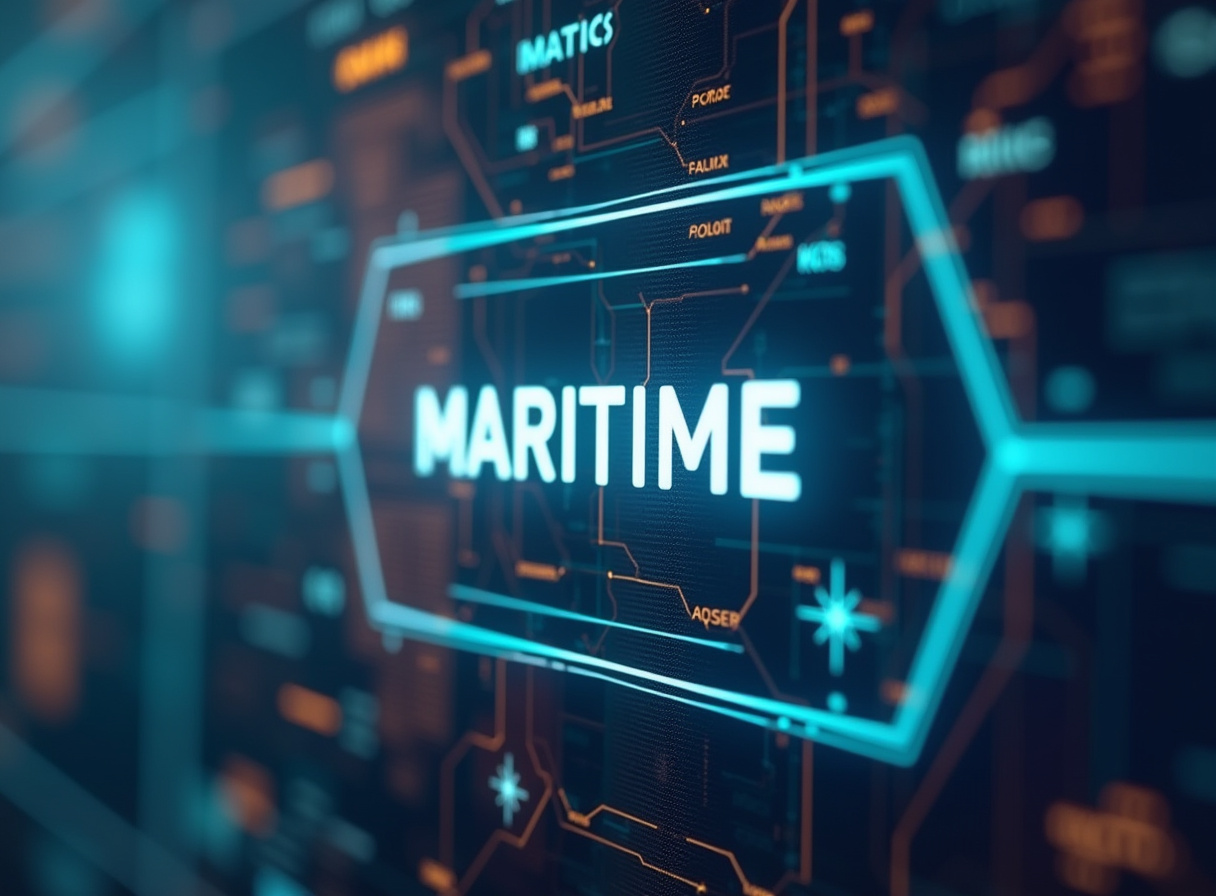
Table of Contents
maritime VPN
The realm of maritime operations, once characterized by manual processes and limited connectivity, has undergone a profound transformation in recent years. Advancements in technology have ushered in an era of unprecedented efficiency, with digital systems now underpinning virtually every aspect of vessel management, navigation, and communication. However, this increased reliance on digital infrastructure has also introduced a new set of challenges, most notably the growing threat of cyberattacks.
The vulnerability of maritime systems to cyber threats is a serious concern, and navigation data, the lifeblood of safe and efficient voyages, is a prime target. Protecting this critical data is paramount, and this article explores the vital role that Virtual Private Networks (VPNs) play in safeguarding maritime operations. We will delve into the intricacies of implementing a robust solution, addressing the specific needs and challenges of the maritime environment.
A VPN, at its core, creates a secure, encrypted tunnel for data transmission between a vessel and a remote server, effectively shielding sensitive information from prying eyes. This encryption is crucial for maintaining the confidentiality and integrity of navigation data, preventing unauthorized access, manipulation, or theft. In a world where cyberattacks are becoming increasingly sophisticated and frequent, a VPN has evolved from a mere convenience to an essential security measure for any maritime organization looking to protect its assets and ensure the safety of its crew and cargo.
The risks associated with compromised navigation data are significant and far-reaching. Imagine a scenario where malicious actors gain access to a vessel's Electronic Chart Display and Information System (ECDIS) and manipulate the displayed charts, creating phantom obstacles or altering the vessel's perceived position. Such an attack could lead to grounding, collisions, or other serious navigational incidents, endangering lives and causing substantial financial losses.
Similarly, the compromise of Automatic Identification System (AIS) data could be used to track vessel movements, identify valuable cargo, and potentially coordinate piracy attacks or other illicit activities. The potential consequences are simply too great to ignore. The implementation of a is not a one-size-fits-all solution.
The specific requirements and configuration will vary depending on the size and type of vessel, the nature of its operations, and the existing IT infrastructure. However, the fundamental principle remains the same: to create a secure and reliable communication channel that protects sensitive data from unauthorized access. This requires careful consideration of various factors, including the choice of VPN protocol, the strength of the encryption algorithms used, the location of the VPN servers, and the logging policies of the VPN provider.
Furthermore, it is essential to ensure that the VPN is properly configured and maintained, and that crew members are adequately trained on its use. Ultimately, a well-implemented VPN is a crucial component of a comprehensive cybersecurity strategy for maritime operations. It provides a critical layer of defense against a wide range of cyber threats, helping to ensure , , and .
By encrypting data, masking IP addresses, and routing traffic through secure servers, a VPN makes it significantly more difficult for attackers to intercept or compromise sensitive information. This allows maritime professionals to focus on their core responsibilities with greater confidence and peace of mind, knowing that their data is protected and their operations are secure. Through careful planning and strategic implementation, maritime organizations can leverage the power of to create a more resilient and secure environment, safeguarding their assets and ensuring the safety of their crew and cargo in an increasingly interconnected and perilous digital landscape.
maritime VPN
Expanding on the foundational importance of VPNs in the maritime world, it’s critical to dissect the specific vulnerabilities inherent in maritime operations. As previously mentioned, modern vessels are heavily reliant on interconnected digital systems, each providing a potential entry point for cyberattacks. These systems, while improving efficiency and safety, also create a complex web of vulnerabilities that require careful attention and proactive mitigation.
Understanding these vulnerabilities is the first step in developing a comprehensive security strategy that incorporates a robust . The Electronic Chart Display and Information System (ECDIS), for example, is a sophisticated navigation tool that displays electronic charts and other navigational information. However, ECDIS systems can be vulnerable to malware infections, data manipulation, and unauthorized access.
If an attacker gains access to an ECDIS system, they could alter the displayed charts, creating navigational hazards or providing false information to the crew. This could lead to grounding, collisions, or other serious incidents. Similarly, the Automatic Identification System (AIS) is used to track the location and identity of vessels.
However, AIS signals can be spoofed, allowing attackers to impersonate vessels, disrupt maritime traffic, or track the movements of valuable cargo. This is a significant security concern, as it could be used to facilitate piracy, smuggling, or other illicit activities. A acts as a critical safeguard for both ECDIS and AIS data.
By encrypting the communication channels between these systems and shore-based infrastructure, the VPN prevents attackers from intercepting or manipulating the data. This ensures the integrity and reliability of the information, reducing the risk of navigational errors and other security breaches. Beyond navigation systems, communication systems are also a prime target for cyberattacks.
Vessels rely on satellite communication systems, VHF radios, and other communication channels to stay in contact with shore-based operations, other vessels, and emergency services. These communication channels can be vulnerable to eavesdropping, interception, and jamming. An attacker could intercept sensitive communications, steal confidential information, or disrupt critical communication links.
By encrypting communication traffic, a VPN can protect the confidentiality and integrity of communications, preventing unauthorized access and ensuring that critical communication channels remain operational. In addition to the vulnerabilities within individual systems, the interconnected nature of maritime operations also creates a wider attack surface. Vessels are often connected to a network of suppliers, customers, and other stakeholders, each of which could be a potential source of cyber threats.
A compromised supplier, for example, could introduce malware into the vessel's systems, or a disgruntled customer could launch a denial-of-service attack against the vessel's communication systems. The mobility of vessels further complicates the security landscape. Vessels operate in diverse geographical locations, often with limited or unreliable internet connectivity.
This can make it difficult to maintain consistent security measures and monitor for potential threats. A well-designed must be able to adapt to varying network conditions and provide a stable and secure connection, regardless of the vessel's location. This may involve utilizing multiple VPN servers strategically located around the world to optimize performance and minimize latency.
Recognizing the inherent vulnerabilities and implementing a tailored solution, centered around a robust VPN, becomes paramount for and maintaining in the face of evolving cyber threats. Regular security audits, penetration testing, and cyber awareness training for crew members are also essential components of a comprehensive security strategy. By taking a proactive and multifaceted approach, maritime organizations can significantly reduce their risk of cyberattacks and ensure the safety and reliability of their operations.
VPN for ships
When selecting and implementing a , maritime organizations face a complex decision-making process. The market is saturated with VPN providers, each offering a range of features, protocols, and pricing plans. Choosing the right VPN solution requires careful consideration of the specific needs and operational realities of the maritime environment.
A one-size-fits-all approach is simply not sufficient. First and foremost, it's essential to prioritize security. The VPN protocol used is a critical factor in determining the level of security provided.
OpenVPN is a highly regarded protocol known for its strong encryption and flexibility. It is widely supported across different operating systems and devices, making it a versatile choice for maritime operations. IKEv2/IPsec is another robust protocol that offers excellent security and performance, particularly on mobile devices.
WireGuard, a newer protocol, has gained popularity for its speed and efficiency, but maritime organizations should carefully evaluate its maturity and security before deploying it in a critical environment. The encryption algorithm used by the VPN is equally important. AES (Advanced Encryption Standard) is the industry standard for encryption and is widely considered to be unbreakable when used with a sufficiently long key.
AES-256, which uses a 256-bit key, provides the highest level of security and is recommended for use with VPNs in maritime operations. Beyond security, performance is also a key consideration. Vessels often operate in areas with limited or unreliable internet connectivity, so the VPN must be able to maintain a stable and reliable connection even under challenging network conditions.
This requires choosing a VPN provider with a global network of servers and optimizing the VPN configuration for speed and efficiency. The location of VPN servers is particularly important. Maritime organizations should choose providers with servers located in geographically diverse locations to ensure optimal performance, regardless of the vessel's location.
Proximity to the server generally translates to lower latency and faster connection speeds. Furthermore, having multiple servers available in different regions provides redundancy in case of server outages or network issues. Another crucial aspect to consider is the VPN provider's logging policy.
Some VPN providers log user activity, including browsing history, IP addresses, and connection timestamps. This information could be used to identify and track users, which is a significant privacy concern. Maritime organizations should choose VPN providers with a strict no-logs policy, meaning they do not collect or store any information about user activity.
This ensures the privacy and anonymity of crew members and protects sensitive operational data from unauthorized access. The user interface and ease of use of the VPN software are also important considerations. Crew members may not be technically savvy, so the VPN software should be intuitive and easy to use.
It should be easy to connect to the VPN, configure settings, and troubleshoot any issues that may arise. In addition to the core VPN functionality, some providers offer additional features that may be beneficial for maritime operations. These features may include malware protection, ad blocking, and data compression.
Malware protection can help to prevent infections from malicious websites or downloads. Ad blocking can improve browsing speed and reduce data usage. Data compression can reduce the amount of data transferred over the VPN connection, which can be particularly useful when using satellite communication systems with limited bandwidth.
Finally, cost is always a factor to consider. VPN providers offer a range of pricing plans, so maritime organizations should carefully compare the features, performance, and security of different providers before making a decision. It's important to balance cost with the need for security, reliability, and privacy.
Remember to thoroughly review the service agreements and seek legal counsel if needed to fully understand the implications of choosing a specific provider, in the best interest of ensuring and maintaining standards. Implementing these criteria will lead to a more robust strategy overall.
VPN for ships
Once a suitable has been selected, the next crucial step is proper configuration and integration within the existing maritime IT infrastructure. This process requires a systematic approach, tailored to the specific vessel, its operational needs, and the chosen VPN solution. Neglecting this phase can render even the most robust VPN ineffective, leaving critical systems vulnerable to cyber threats.
The first step is to ensure that the VPN client software is properly installed and configured on all relevant devices, including computers, laptops, tablets, and smartphones used by crew members. The installation process should be straightforward and well-documented, with clear instructions provided to ensure that even non-technical users can successfully install and configure the software. Once installed, the VPN client software should be configured to automatically connect to the VPN server upon startup.
This ensures that all internet traffic is automatically routed through the VPN tunnel, providing continuous protection against eavesdropping and interception. The VPN client software should also be configured to use the strongest available encryption algorithm, such as AES-256, to protect the confidentiality of data. In addition to configuring the VPN client software, it is also important to configure the vessel's firewall to allow VPN traffic while blocking all other unauthorized network traffic.
This creates a layered defense that further enhances the security of the vessel's IT infrastructure. The firewall should be configured to only allow traffic to and from the VPN server on the specific ports used by the VPN protocol. All other inbound and outbound traffic should be blocked by default.
Integration with existing security systems is also vital. The VPN should be seamlessly integrated with other security measures such as antivirus software, intrusion detection systems, and security information and event management (SIEM) systems. This allows for a holistic approach to security, ensuring that all potential threats are detected and mitigated in a timely manner.
For example, the antivirus software should be configured to scan all files downloaded through the VPN tunnel for malware, and the intrusion detection system should be configured to monitor VPN traffic for any signs of suspicious activity. Centralized management and monitoring are crucial for maintaining the security and reliability of the VPN. A centralized management console allows IT administrators to remotely manage and monitor all VPN clients, configure settings, and deploy updates.
This is particularly important for vessels operating in remote locations with limited IT support. The management console should provide real-time visibility into the status of the VPN connection, allowing administrators to quickly identify and resolve any issues that may arise. Comprehensive training for crew members is paramount.
Crew members should be trained on how to use the VPN properly, how to identify potential cyber threats, and how to report any suspicious activity. The training should cover topics such as password security, phishing awareness, malware prevention, and the importance of using the VPN whenever connecting to the internet. The training should be interactive and engaging, and it should be reinforced through regular reminders and updates.
Regular testing and auditing are essential for ensuring the ongoing effectiveness of the VPN. The VPN configuration should be regularly tested to ensure that it is working as expected and that it is providing the desired level of security. Penetration testing can be used to identify vulnerabilities in the VPN infrastructure and to assess the effectiveness of the security controls.
Security audits should be conducted regularly to ensure that the VPN is being used in accordance with the organization's security policies and procedures. By diligently focusing on configuration, integration, training, and ongoing assessments, maritime organizations can maximize the benefits of their , fortifying their , bolstering , and demonstrably enhancing .
maritime VPN
The maritime industry is constantly evolving, and so too are the cyber threats that target it. Therefore, a is not a set-it-and-forget-it solution. Ongoing monitoring, maintenance, and adaptation are essential to ensure that the VPN remains effective in protecting navigation data and maintaining operational integrity.
This requires a proactive approach to security, with regular assessments of the threat landscape and adjustments to the VPN configuration as needed. Continuous monitoring of the VPN is crucial for detecting and responding to potential security incidents. Security Information and Event Management (SIEM) systems can be used to collect and analyze logs from the VPN and other security devices, providing real-time visibility into potential threats.
SIEM systems can be configured to automatically alert IT administrators to suspicious activity, allowing them to quickly investigate and respond to incidents. Regular security updates are essential for patching vulnerabilities and addressing newly discovered threats. VPN software and firmware should be updated regularly to ensure that they are protected against the latest known vulnerabilities.
Automatic update mechanisms can be used to streamline the update process and minimize the risk of human error. Staying informed about emerging threats is paramount. Maritime organizations should actively monitor industry news, security blogs, and threat intelligence feeds to stay informed about the latest cyber threats targeting the maritime sector.
This information can be used to adjust the VPN configuration and security policies to mitigate emerging risks. Regular vulnerability assessments and penetration testing are crucial for identifying weaknesses in the VPN infrastructure. Vulnerability assessments can be used to scan for known vulnerabilities in the VPN software and hardware, while penetration testing can be used to simulate real-world attacks and assess the effectiveness of the security controls.
The results of these assessments can be used to prioritize remediation efforts and improve the overall security posture. Adapting to changing operational needs is also important. As the maritime industry adopts new technologies and business processes, the VPN configuration may need to be adjusted to support these changes.
For example, if a vessel begins using a new cloud-based application, the VPN may need to be configured to allow traffic to and from the application. Regular review and updates to security policies are essential for ensuring that the VPN is being used in accordance with the organization's security guidelines. Security policies should be reviewed and updated at least annually, or more frequently if there are significant changes to the threat landscape or the organization's operational needs.
Fostering a strong security culture among crew members is vital. Crew members should be regularly reminded about the importance of security and provided with ongoing training on how to identify and avoid cyber threats. Security awareness campaigns can be used to educate crew members about common threats such as phishing attacks and malware infections.
In conclusion, the successful deployment and long-term effectiveness of a hinge on a commitment to continuous monitoring, rigorous maintenance, and proactive adaptation. By staying vigilant, informed, and responsive to the ever-evolving cyber threat landscape, maritime organizations can leverage the power of VPN technology to safeguard their vital navigation data, ensure robust , and ultimately enhance . Embracing this dynamic approach to will not only mitigate immediate risks but also foster resilience and preparedness for the challenges of the future, solidifying the maritime industry's ability to navigate the digital seas with confidence.
Stay Updated
Get the latest VPN news, tips, and exclusive deals to your inbox.
